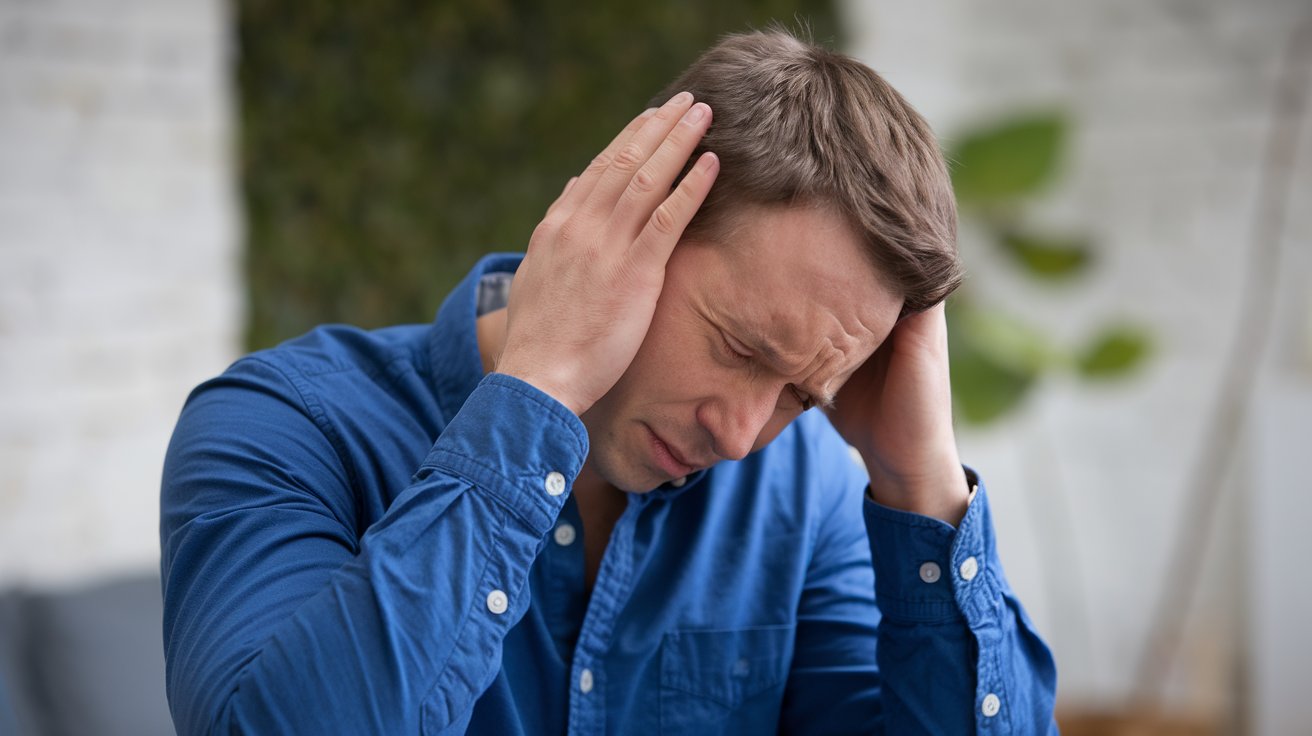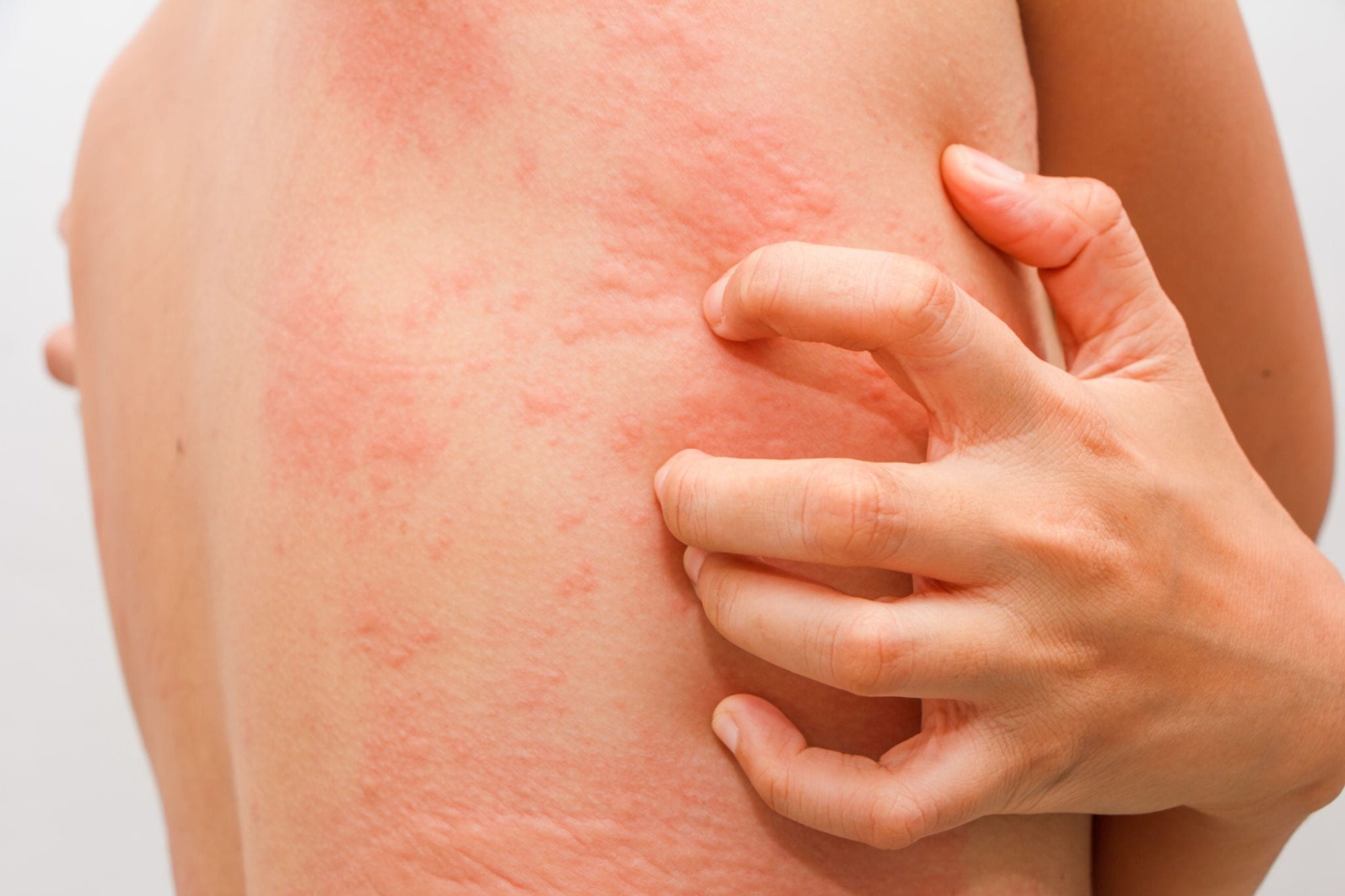
What is Ménière's Disease? Ménière's Disease is a chronic inner ear disorder that can turn your world upside down—literally. Imagine feeling like the room is spinning, hearing a constant ringing, and experiencing fluctuating hearing loss. Named after Prosper Ménière, who first described it in 1861, this condition affects balance and hearing. People between 40 and 60 are most commonly affected, but it can strike at any age. Symptoms include vertigo, tinnitus, hearing loss, and a sensation of fullness in the ear. While the exact cause remains unknown, factors like genetics and autoimmune disorders may play a role. Treatment focuses on managing symptoms to improve quality of life.
Key Takeaways:
- Ménière's Disease is a chronic inner ear disorder causing vertigo, hearing loss, tinnitus, and aural fullness. It can affect anyone but is more common in older, white, female patients.
- Treatment options for Ménière's Disease include medications, therapy, and surgical interventions. Lifestyle modifications and stress management techniques can also help alleviate symptoms.
What is Ménière's Disease?
Ménière's disease is a chronic inner ear disorder that can significantly impact daily life. Understanding its symptoms, causes, and treatments can help manage this condition better.
- Definition: Ménière's disease is an inner ear disorder causing vertigo, hearing loss, tinnitus, and aural fullness. It's often called idiopathic endolymphatic hydrops.
- Symptoms: Key symptoms include episodic vertigo, fluctuating hearing loss, tinnitus, and aural pressure or fullness.
- Vertigo: Vertigo is a spinning sensation that can occur suddenly and last from 20 minutes to 12 hours, often with nausea and vomiting.
- Hearing Loss: Hearing loss in Ménière's disease is typically intermittent, affecting mainly lower frequencies initially but can progress to higher tones and become permanent.
- Tinnitus: Tinnitus is a ringing, buzzing, roaring, whistling, or hissing sound in the ear, commonly experienced by those with Ménière's disease.
- Aural Fullness: Aural fullness or pressure in the ear feels like blockage or congestion, another common symptom.
Who is Affected by Ménière's Disease?
Ménière's disease can affect anyone, but certain factors increase the risk. Knowing who is more likely to develop this condition can help in early detection and management.
- Age of Onset: Typically affects people between 40 and 60, though it can occur at any age.
- Gender Prevalence: Women may have a slightly higher risk compared to men.
- Family History: A family history of Ménière's disease or other vestibular disorders may increase risk.
- Autoimmune Disorders: Individuals with autoimmune disorders may be at higher risk.
- Genetic Factors: Genetic factors play a role, though the exact mechanisms are not fully understood.
Causes and Pathogenesis
Understanding the causes and mechanisms behind Ménière's disease can provide insight into its management and treatment.
- Endolymphatic Hydrops: The accumulation of endolymphatic fluid in the inner ear is thought to be the primary cause.
- Pathogenesis: Involves abnormal accumulation of endolymphatic fluid, leading to damage in inner ear structures responsible for balance and hearing.
Diagnosing Ménière's Disease
Accurate diagnosis is crucial for effective treatment. Various criteria and tests help in diagnosing Ménière's disease.
- Diagnostic Criteria: Diagnosis is based on clinical findings, including episodic vertigo, fluctuating hearing loss, tinnitus, and aural fullness.
- Probable Ménière’s Disease: Includes two or more episodes of dizziness or vertigo lasting 20 minutes to 24 hours, along with fluctuating aural symptoms.
- Definite Ménière’s Disease: Requires two or more spontaneous episodes of vertigo lasting 20 minutes to 12 hours, with documented low- to medium-frequency sensorineural hearing loss in one ear, and fluctuating aural symptoms.
Epidemiology and Comorbidities
Knowing the prevalence and associated conditions can help in understanding the broader impact of Ménière's disease.
- Epidemiology: Prevalence varies widely, ranging from 3.5 to 513 per 100,000 people, more common in older, white, female patients.
- Comorbidities: May include allergies, autoimmune disorders, and other inner ear conditions.
Impact on Quality of Life
Ménière's disease can significantly affect daily life, causing anxiety, stress, and reduced quality of life.
- Impact on Quality of Life: Significantly impacts social functioning, causing anxiety, stress, and reduced quality of life.
Treatment Options
Various treatments focus on managing symptoms and improving quality of life for those with Ménière's disease.
- Treatment Options: Include medications, vestibular rehabilitation therapy, and surgical interventions.
- Medications: Diuretics, antihistamines, and corticosteroids may be prescribed to manage vertigo, hearing loss, and tinnitus.
- Vestibular Rehabilitation Therapy: Involves exercises to improve balance and reduce vertigo symptoms.
- Surgical Interventions: Options include endolymphatic sac surgery, labyrinthectomy, and intratympanic injections of corticosteroids or gentamicin.
- Meniett Device: A non-invasive treatment using low-pressure pneumatic pulses to improve endolymphatic fluid drainage and reduce symptoms.
- Low-Salt Diet: Some patients find relief by following a low-salt diet, which may help reduce fluid accumulation in the inner ear.
- Stress Management: Techniques like relaxation therapy and cognitive-behavioral therapy can help reduce the frequency and severity of vertigo attacks.
Diagnostic Techniques
Various diagnostic techniques help in identifying and understanding Ménière's disease.
- Fatigue Sensitivity: Individuals are often more sensitive to factors like fatigue and stress, which can exacerbate symptoms.
- Imaging Techniques: High-resolution MRI imaging can visualize endolymphatic hydrops in patients with suspected Ménière’s disease.
- Temporal Bone Histology: Studies have provided evidence of endolymphatic hydrops in patients, though only possible post-mortem.
Clinical Variability and Challenges
Ménière's disease can manifest in different ways, making diagnosis and treatment challenging.
- Clinical Variability: Can manifest in different ways, including vestibular and cochlear forms, each with distinct symptoms and diagnostic criteria.
- Diagnostic Challenges: Diagnosis can be challenging due to its variable presentation and the need to rule out other vestibular disorders.
Tests and Interprofessional Care
Various tests and a team approach are essential for effective management of Ménière's disease.
- Rinne and Weber Tests: Used in the history and physical examination to assess hearing and balance function.
- Audiometric Tests: Crucial in evaluating hearing loss, helping to differentiate between sensorineural and conductive hearing loss.
- Interprofessional Care: An interprofessional team approach is essential for improving care coordination and enhancing the delivery of care.
Complications and Psychological Impact
Ménière's disease can lead to various complications and significantly impact mental health.
- Complications: Include unexpected vertigo attacks, permanent hearing loss, and increased risk of falls and accidents due to balance issues.
- Psychological Impact: The chronic nature can lead to anxiety, depression, and reduced quality of life.
Social Impact and Lifestyle Modifications
The social impact of Ménière's disease is significant, and lifestyle changes can help manage symptoms.
- Social Impact: Affects daily activities, relationships, and overall well-being.
- Lifestyle Modifications: Avoiding loud noises, managing stress, and maintaining a healthy diet can help alleviate symptoms.
Alternative Therapies and Research Advances
Exploring alternative therapies and staying updated on research can provide additional options for managing Ménière's disease.
- Alternative Therapies: Acupuncture, herbal supplements, and homeopathic treatments may be explored, though their efficacy is not universally accepted.
- Research Advances: Ongoing research includes studies on genetic factors, imaging techniques, and novel therapeutic approaches.
Genetic Factors and Emerging Therapies
Genetic research and emerging therapies offer hope for better understanding and treating Ménière's disease.
- Genetic Heterogeneity: Involving genes like DPT and SEMA3D has been identified in autosomal dominant familial Ménière’s disease.
- Missense Variants: Specific missense variants in genes like PRKCB have been associated with low-frequency hearing loss in families with Ménière’s disease.
- Emerging Therapies: Localized drug delivery to the middle ear and the use of the Meniett device are being explored to improve treatment outcomes.
Quality of Life Measures and Imaging Techniques
Improving quality of life and using advanced imaging techniques are crucial in managing Ménière's disease.
- Quality of Life Measures: Higher-level measures like vitality and social participation are now recognized as important aspects of managing the condition.
- Endolymphatic Hydrops Visualization: High-resolution MRI imaging has enabled the visualization of endolymphatic hydrops in vivo, providing a non-invasive diagnostic tool.
Clinical Entities and Diagnostic Classification
Understanding different clinical entities and using clear diagnostic classifications can aid in better management.
- Temporal Bone Histology Findings: Studies have confirmed the presence of endolymphatic hydrops, supporting the pathogenic role.
- Clinical Entities: The disease can manifest in different clinical entities like vestibular and cochlear forms, each with distinct symptoms.
- Diagnostic Classification: A new terminology based on symptomatic and imaging characteristics is proposed to clarify and simplify the diagnostic classification.
Patient Education and Multidisciplinary Approach
Educating patients and using a multidisciplinary approach are essential for effective management.
- Patient Education: Educating patients about their condition, symptoms, and available treatments is crucial for better management.
- Multidisciplinary Approach: Involving otolaryngologists, neurologists, audiologists, and other healthcare professionals is essential for providing comprehensive care.
Understanding Ménière's Disease
Ménière's disease is a complex inner ear disorder that significantly impacts daily life. With symptoms like vertigo, hearing loss, tinnitus, and aural fullness, it can be challenging to manage. Affecting mostly those between 40 and 60, it disrupts balance and hearing, making everyday tasks difficult. Diagnosis relies on clinical findings and sometimes high-resolution MRI imaging. Treatment options vary from medications and vestibular rehabilitation therapy to surgical interventions and lifestyle changes like a low-salt diet. Stress management and alternative therapies can also offer relief. Ongoing research aims to uncover more about its genetic factors and develop better treatments. Understanding and managing Ménière's disease requires a multidisciplinary approach, involving various healthcare professionals to improve the quality of life for those affected.
Frequently Asked Questions
Was this page helpful?
Our commitment to delivering trustworthy and engaging content is at the heart of what we do. Each fact on our site is contributed by real users like you, bringing a wealth of diverse insights and information. To ensure the highest standards of accuracy and reliability, our dedicated editors meticulously review each submission. This process guarantees that the facts we share are not only fascinating but also credible. Trust in our commitment to quality and authenticity as you explore and learn with us.


